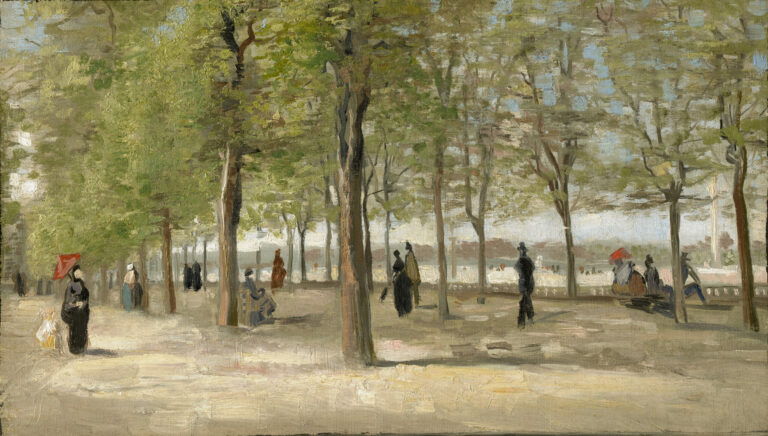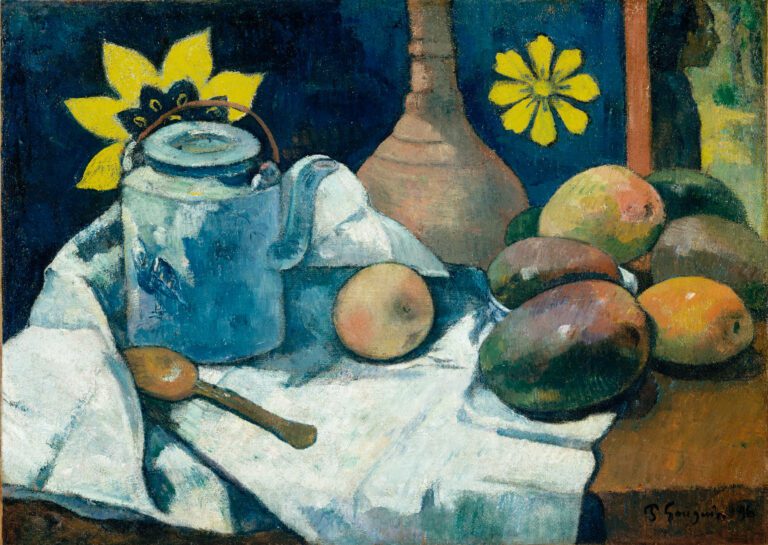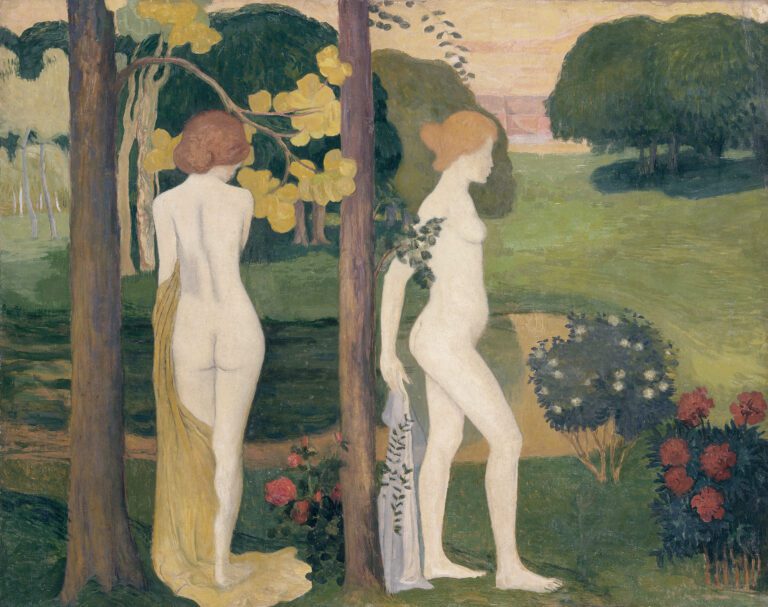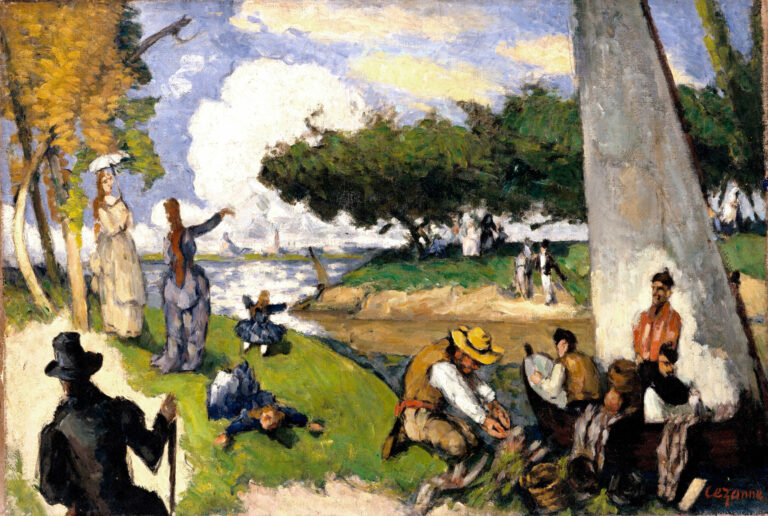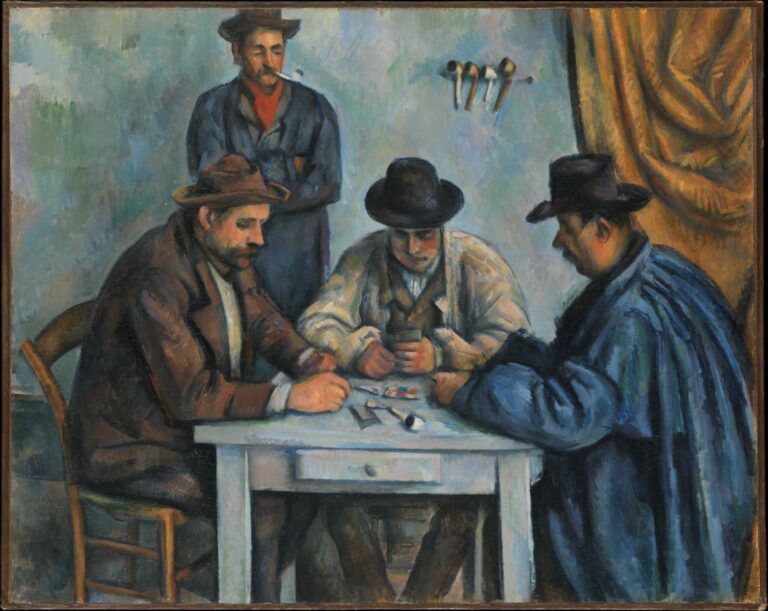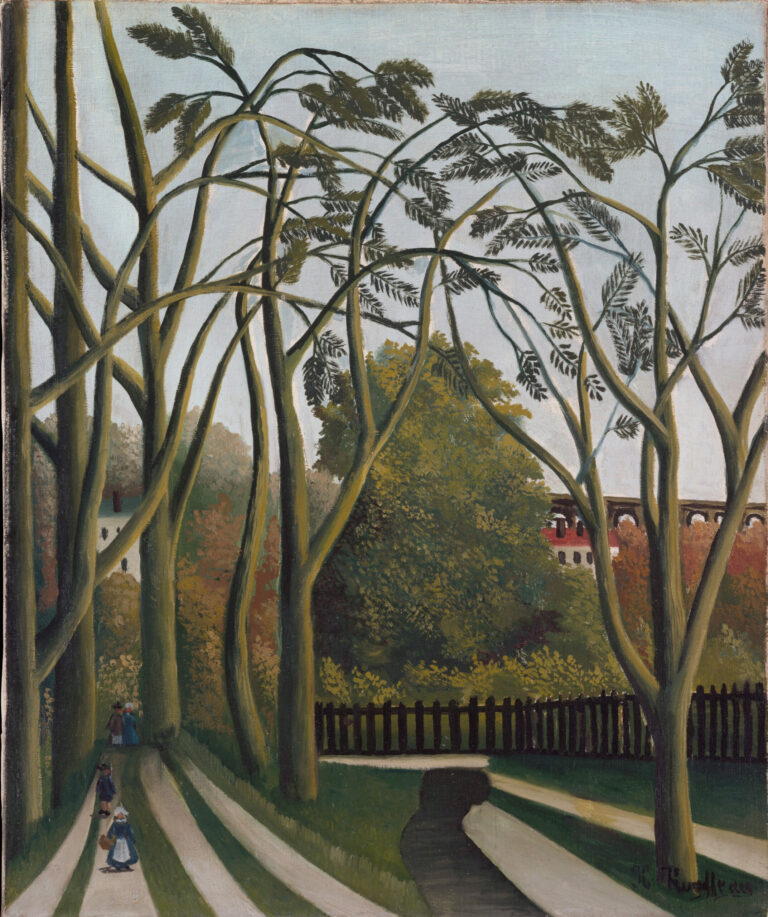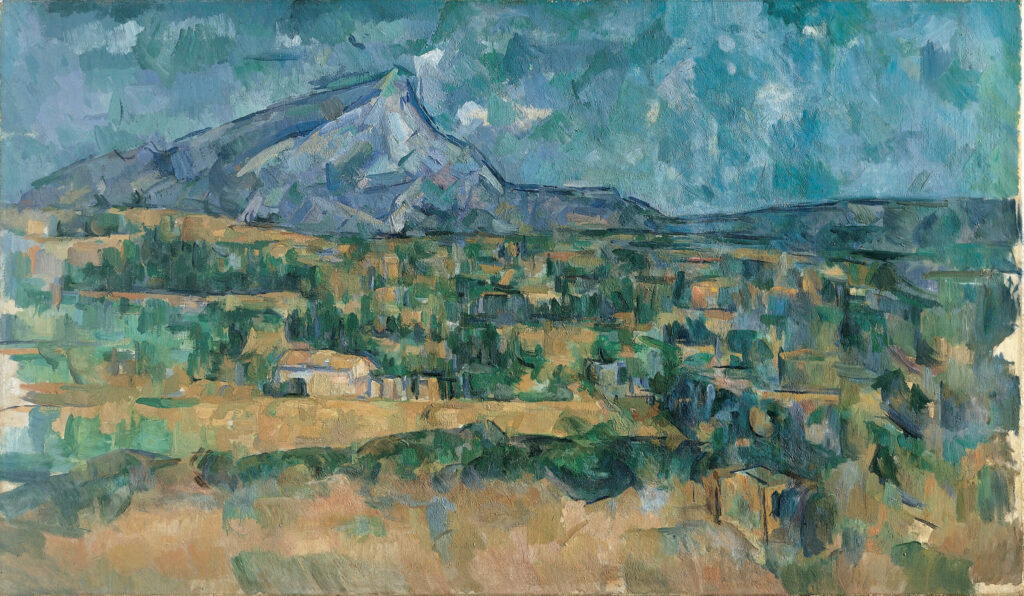
This Mont Sainte-Victoire perfectly illustrates Cézanne’s artistic maturity in his so often repeated representation.
The composition reveals an innovative approach to traditional perspective: the mountain, majestic and geometric, dominates the horizon while the Provençal landscape extends in successive planes. The artist employs his characteristic technique of “petites sensations colorées” (little colored sensations), juxtaposing touches of blue, green, and ochre that structure space without recourse to classical modeling. Volumes emerge from color alone, anticipating modern art. The visible brushwork and unfinished areas bear witness to the creative process: Cézanne actually enlarged this canvas to enrich the composition toward the right and in the foreground, revealing his constant concern for perfection. This synthetic vision of the motif makes this canvas one of the most accomplished in the series dedicated to the emblematic mountain.
Further information
- Mont Sainte-Victoire, by Paul Cézanne, circa 1902-1906
- 57.2 x 97.2 cm (22 1/2 x 38 1/4 in.)
- The Metropolitan Museum of Art, Fifth Avenue, New York, displayed in Gallery 823
- https://www.metmuseum.org/art/collection/search/435878
French painter born in Aix-en-Provence, Paul Cézanne (1839-1906) revolutionized Western art through his search for a synthesis between observation of nature and pictorial construction. Long misunderstood and rejected by official Salons, he developed a radically innovative personal aesthetic that lastingly influenced 20th-century art. His method of “making Poussin from nature” transforms the traditional perception of landscape into colored architecture. Obsessed with Mont Sainte-Victoire, which he painted tirelessly in his final years, he experimented there with his theories on colorist modulation and the geometrization of forms. This systematic approach to “realization” through pure color made him the direct precursor of Fauvism and Cubism, with Picasso proclaiming him “father of us all.”

